Wild rabbits are a problem for gardeners, landscapers, and perennial growers in almost every location. North, south, urban, or rural, wild rabbit thrive everywhere.
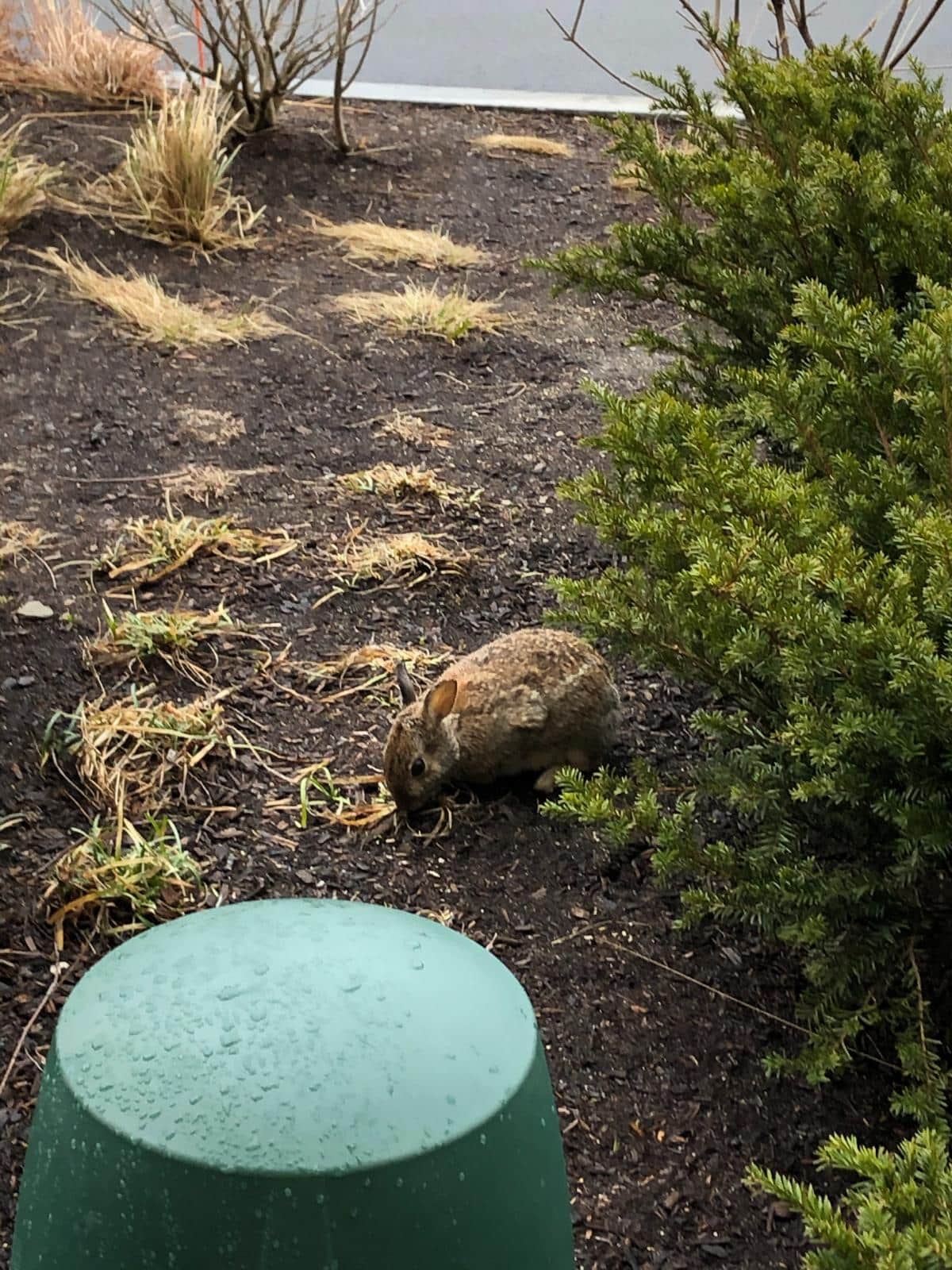
As prey animals, rabbits breed in high numbers, and they breed often – as often as a new litter every month or two.
When rabbits have what they need to support their reproduction, that population can explode.
It’s often hard to get ahead of a rabbit population. Planting and planning to work around it is often the best solution.
Jump to:
- 8 Tips for Gardening with Wild Rabbits:
- 1. Observe What You Have and What Works with Rabbits
- 2. Investing in Plants and Planting: Take it Slow at First
- 3. Cage Plants
- 4. Plant Things Rabbits Don’t Like
- 5. Intentionally Plant Something They Like Better
- 6. Circle Favorite Plants with Rabbit Resistant Plants
- 7. Commercial Concoctions
- 8. Use Harmless Deterrents
- Living with Rabbits in Your Yard and Garden
8 Tips for Gardening with Wild Rabbits:
How can you plan and plant to avoid losing your entire garden or landscape to rabbits? Here are eight tips and tricks that can help.
1. Observe What You Have and What Works with Rabbits
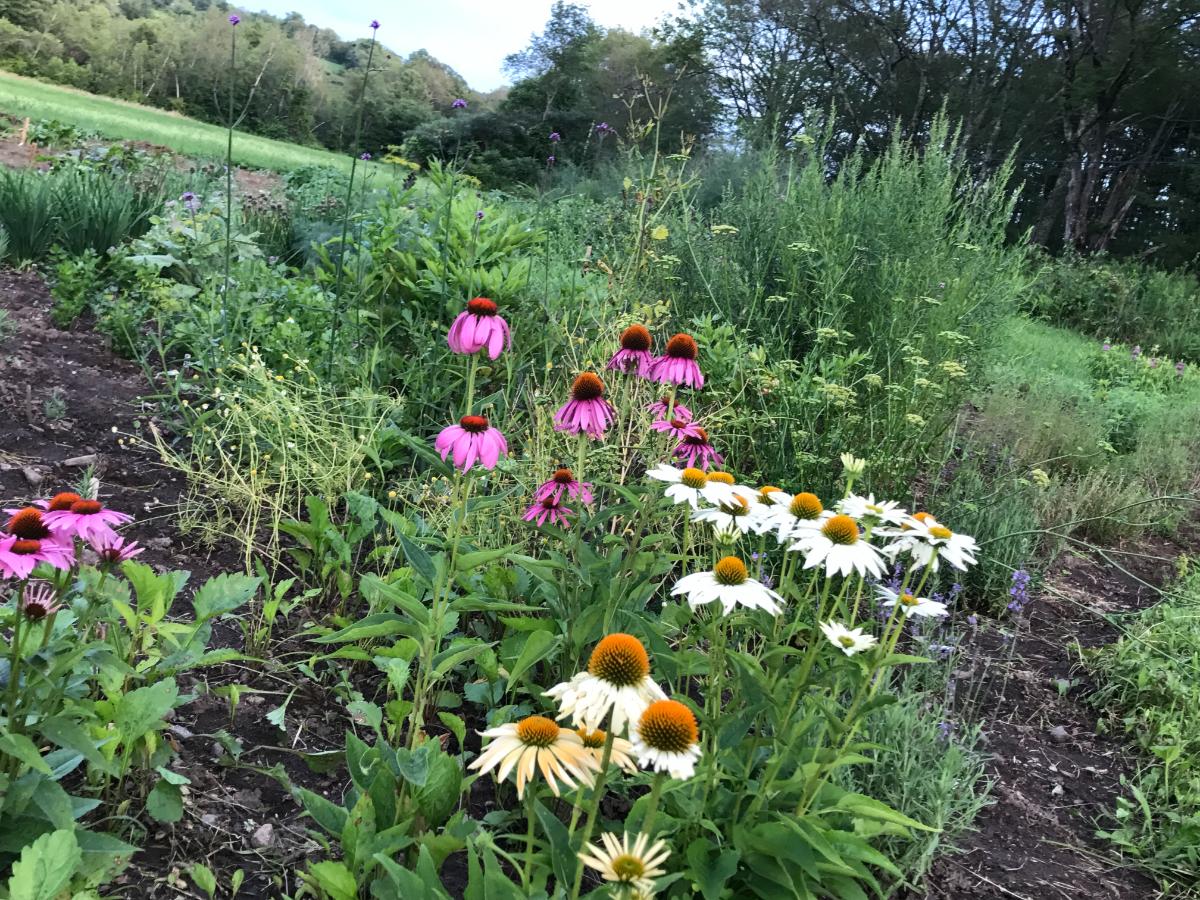
Grab an early morning coffee or an evening nightcap and sit out watching your planting areas (early morning and dusk are when wild rabbits are most active).
Walk around your garden and see what looks chewed and what looks like it’s been left alone.
Look to see what the rabbits are and aren’t bothering.
What do they like? What do they eat the most? What do they leave alone? What’s in your yard that you like but that rabbits never touch?
2. Investing in Plants and Planting: Take it Slow at First
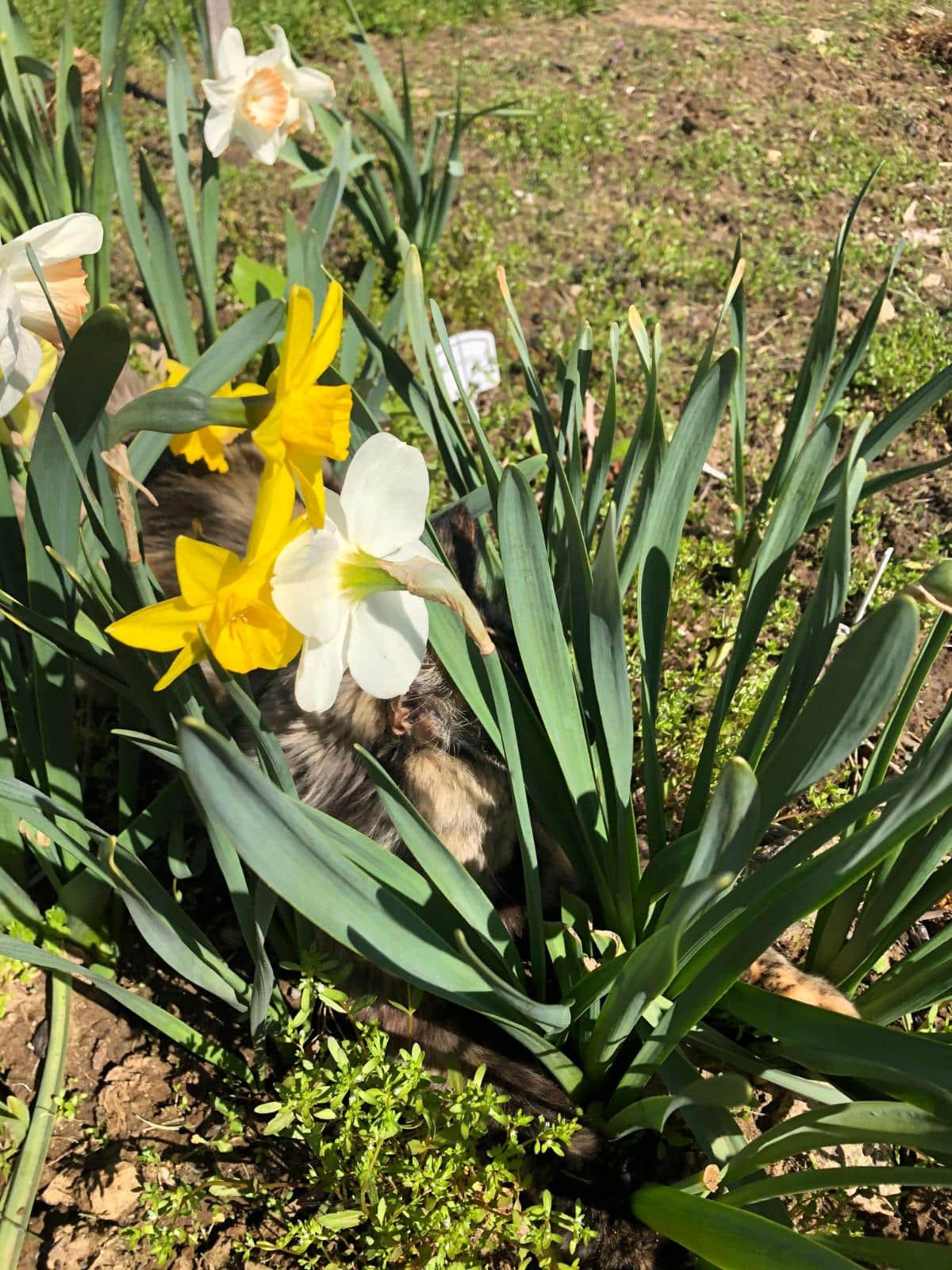
When it’s time to start adding plants, take it slow. Even if you want five of a plant, maybe just get one or two for a start.
Set them out or plant them in the ground, then observe some more. Give it a week or so and see if the rabbits are eating it.
You don’t want to overinvest in plants that are just going to get chewed down to nubs.
Once you know what they’re targeting that’s on your list of preferred plants, you can then choose the plants the rabbits ignore.
3. Cage Plants
You can also set cages around your plants to protect them. This isn’t necessarily a great long-term solution because who wants to look out at a cage garden?
But in the beginning, when plants are small and still getting established, it can help to put an open wire cage of some sort around them – something that lets light in but keeps rabbits out.
A couple of good suggestions include:
- Upside down wire trash baskets
- Chicken wire cages
- Garden cloches
When the plants grow to a larger and more mature size, hopefully, they will be too big for the rabbits to bother with. At least, if they’re large enough, the plants can outgrow the rabbit’s damage, and you won’t notice it so much.
If rabbits chew at the base of larger shrubs or trees, you can set chicken wire around the trunk or stem to stop them from chewing the trunks. Chewing bark and trunks will eventually damage and kill a tree or shrub.
Rabbits don’t really climb, and the wire will often go unnoticed around the bottoms of the trunks.
4. Plant Things Rabbits Don’t Like
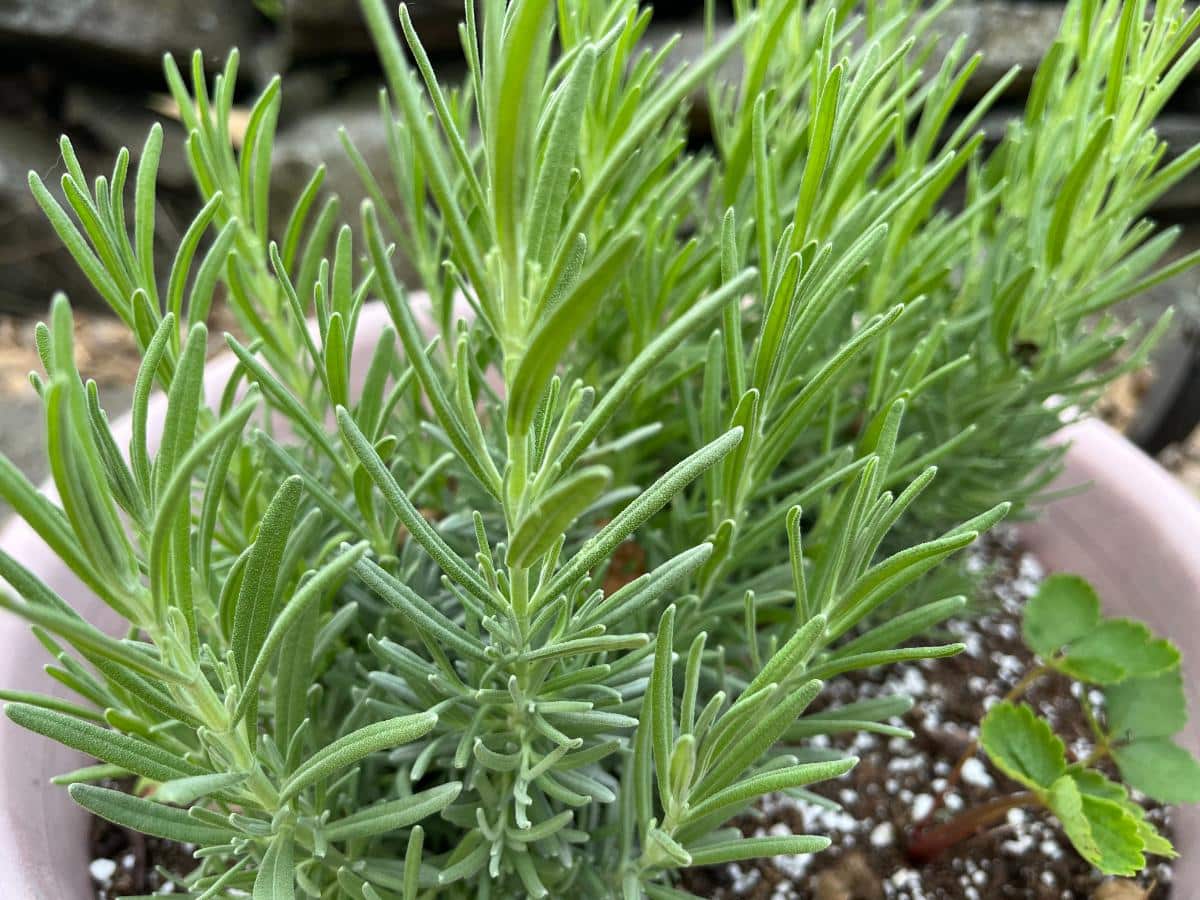
There are a number of rabbit-resistant plants. Planting rabbit-resistant plants is not a 100% guarantee because it seems they will always make an exception to the rule, but most of the time, you can find some attractive, appropriate plants for your location that the rabbits will usually leave alone.
A few examples of attractive rabbit-resistant plants include:
- Lavender
- Astilbe
- Yarrow
- Geraniums
- Alliums
- Anemones
- Balloon flowers
- Salvia
5. Intentionally Plant Something They Like Better
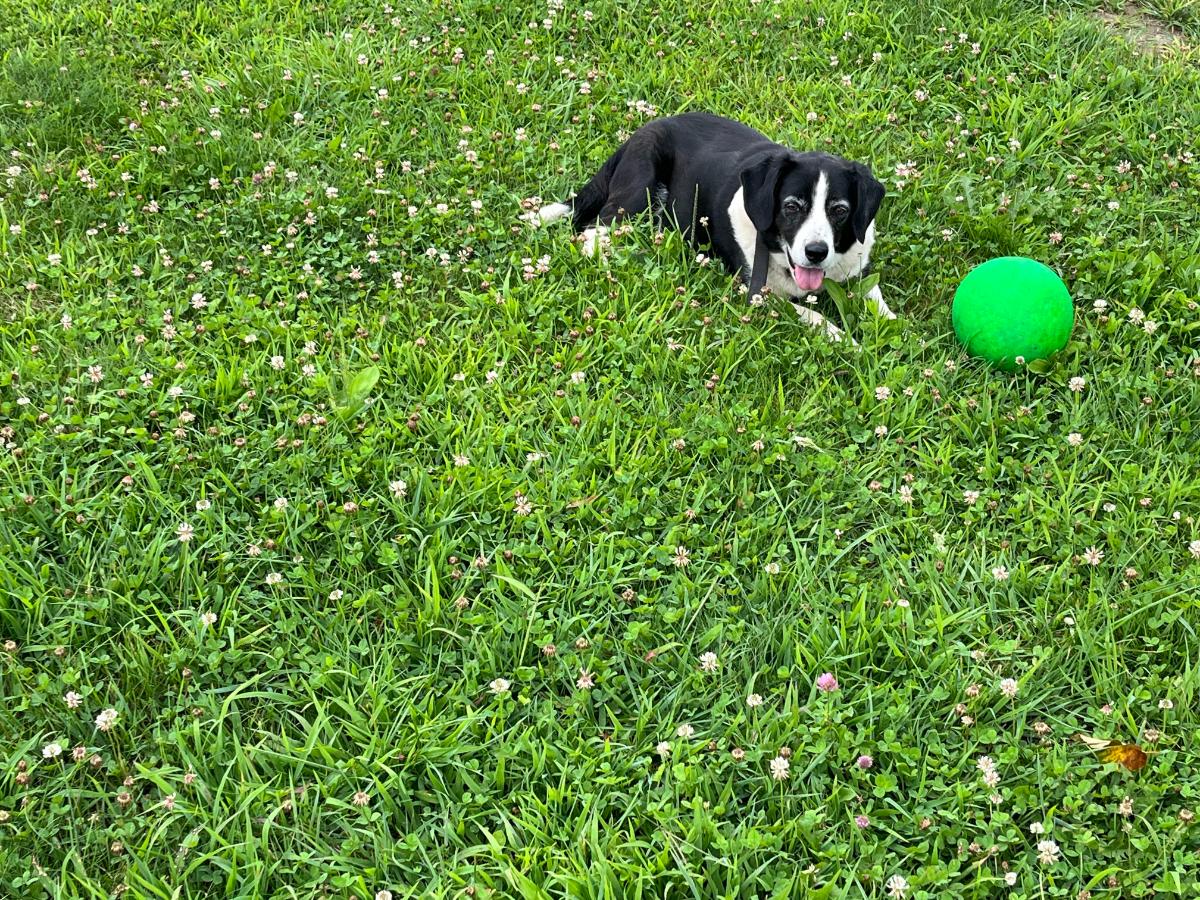
If you can’t beat them, maybe you need to consider feeding them instead.
To keep wild rabbits away from the plants that you value the most, think about planting something else that they like better – rabbit favorite foods, if you will.
If a favored food is present and in abundance, they will often just leave your ornamental (and many vegetable) plants alone.
White clover is a good solution here. It grows in many places and likes rich soil but is also drought resistant and will grow in lesser quality soils and even in sandy soil patches.
Rabbit love white clover. If you plant a patch of white clover or add some white clover seed to your lawn, that may be all it takes to keep them out of your landscape and garden plants. After all, all the rabbits are really trying to do is to find something good to eat.
You could even consider replacing your entire lawn and have a wildlife and pollinator-friendly clover lawn instead of plain grass.
One benefit of growing clover is that it can still be mowed and managed like grass and can be planted in mass to give the rabbits plenty of food.
6. Circle Favorite Plants with Rabbit Resistant Plants
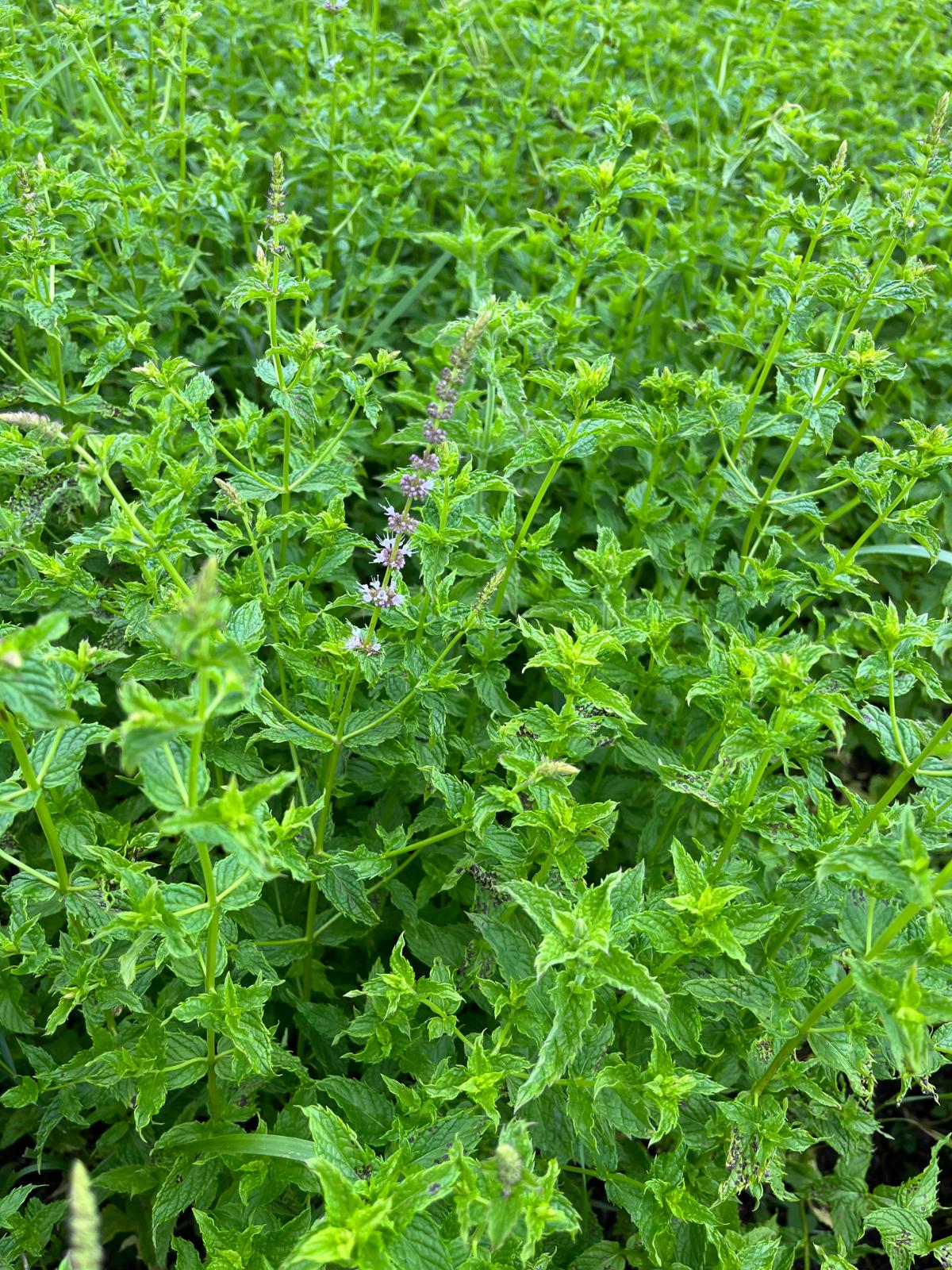
If you only plant rabbit-resistant plants, that can limit your creativity. What if you really want to grow your favorites? Shouldn't you be able to?
You should. Hopefully, by combining the tips in this article, you can, and the rabbits will leave the plants that are both your favorites and theirs alone.
One way to do this is to surround those plants that are attractive to rabbits with plants that are not.
One example is mint and plants in the mint family. Rabbits have no use for mint. You can use it as a deterrent companion plant. You can also cut and spread mint around to protect other plants or make an infused spray to spray around or on your other plants to protect them.
You can make this part of your rabbit plan and design.
Combined with a good patch of something delicious like clover, the rabbits may never have a need to attack your non-resistant perennials, plants, and flowers.
7. Commercial Concoctions
There are deterrents that are made and marketed to keep rabbits away.
There are many versions of these. They come as granules, sprays, and powders.
Some products are for spraying on the plant to make them taste bad. Others are designed to be sprinkled or sprayed on the ground, such as the perimeter of your garden area or around specific plants.
Often, a single product can be used both ways.
There are lots to choose from, but some recommended products include
8. Use Harmless Deterrents
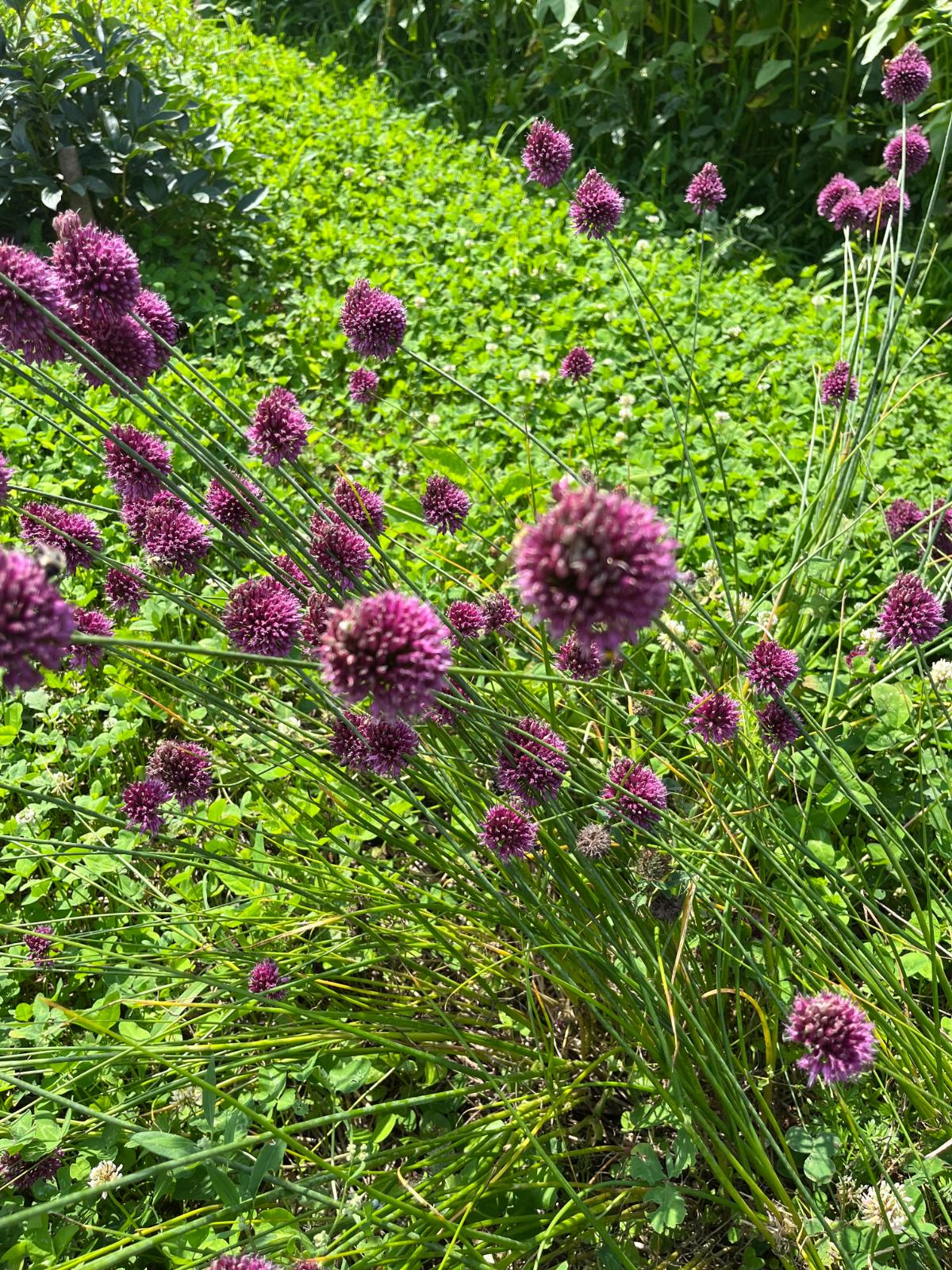
There are plenty of things that rabbits don’t like (as we’ve seen in the lists of rabbit-resistant plants and tips above). These can be used to repel rabbits without actually poisoning or harming them.
You can find many of these in your own home or pantry.
Some DIY rabbit repellants that people swear by include:
- Garlic powder
- Cayenne pepper flakes or powder
- Hot pepper flakes or powders
- Allium family products (onion family)
- Dried or powdered mint (as mentioned above)
- Sprays infused with any of these products
- Irish Spring soap
- Baby powder
Living with Rabbits in Your Yard and Garden
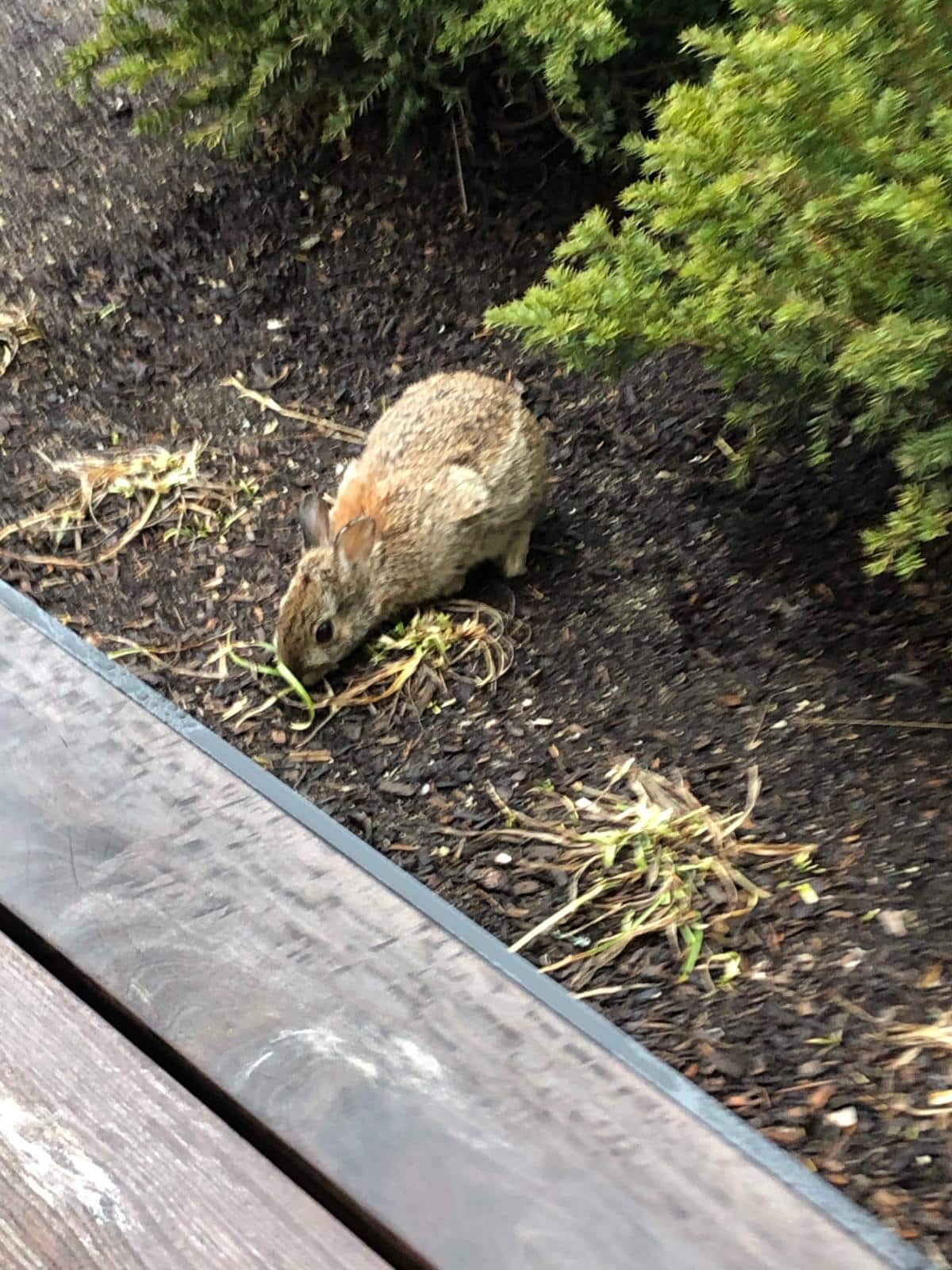
If you have one wild rabbit, you have more. Because they come out in the early and later parts of the day, you may see their damage before you see the rabbits.
Wild rabbits can live in some surprisingly populated and urban areas – even areas where there is next to no vegetation.
The less vegetation there is, the more likely they are to become a problem in yours.
With some care and planning and a little help from the tips above, hopefully you can find a way to live with rabbits and be able to enjoy your yard, plants, and gardens.
The truth of the matter is that controlling the wild rabbit population is a difficult (and often costly) thing to do. When we can get along with them and can accept their presence and limit their damage, wild rabbits can be enjoyable to watch.
It’s all about finding ways to strike that balance and find a happy medium.

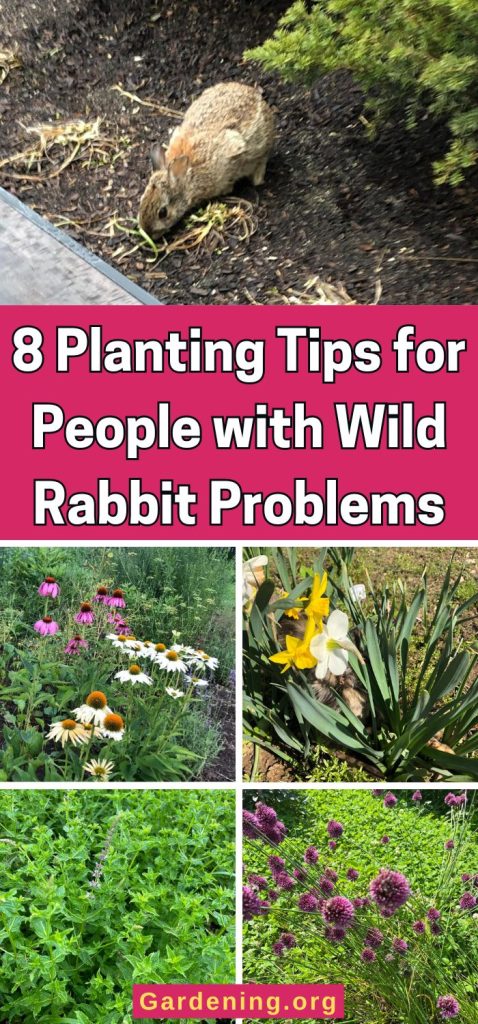

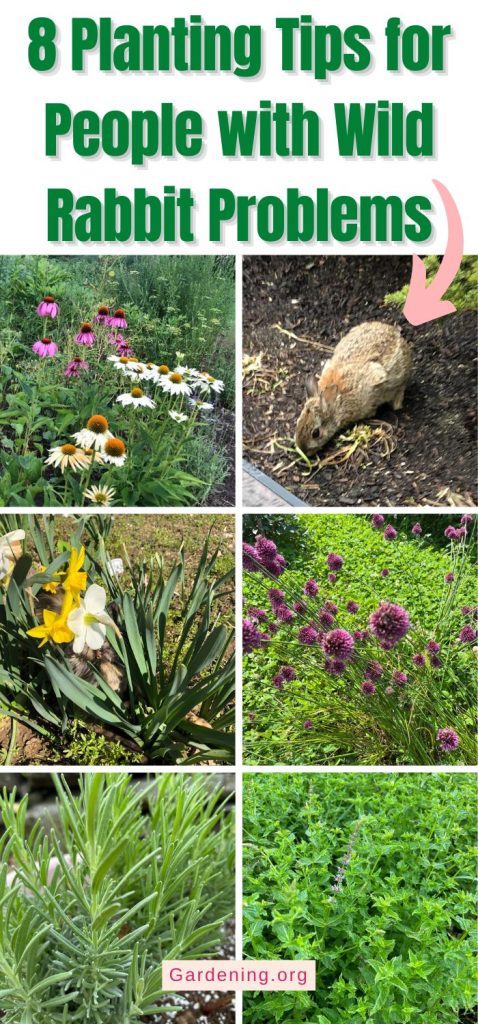
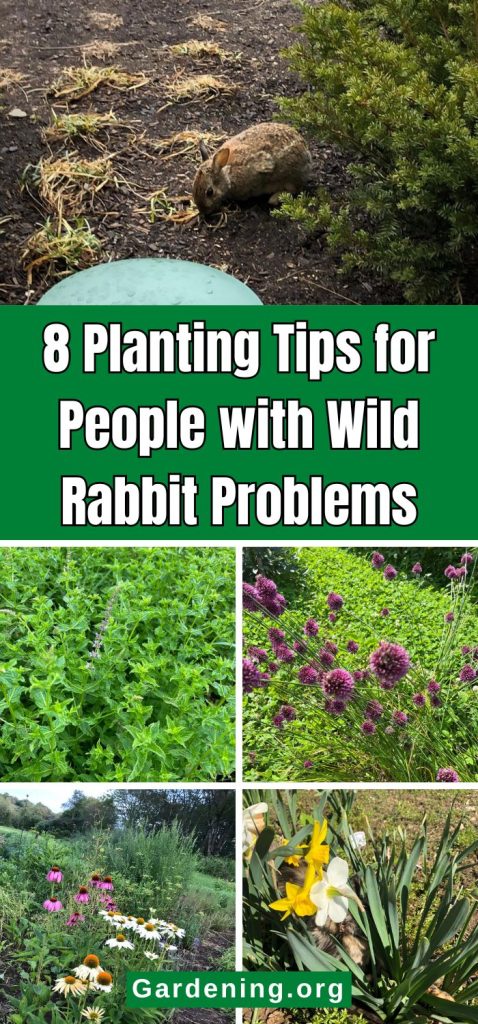




Leave a Reply